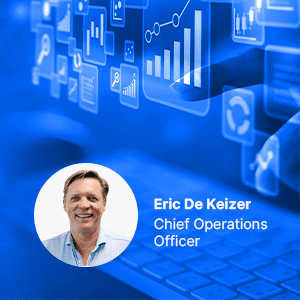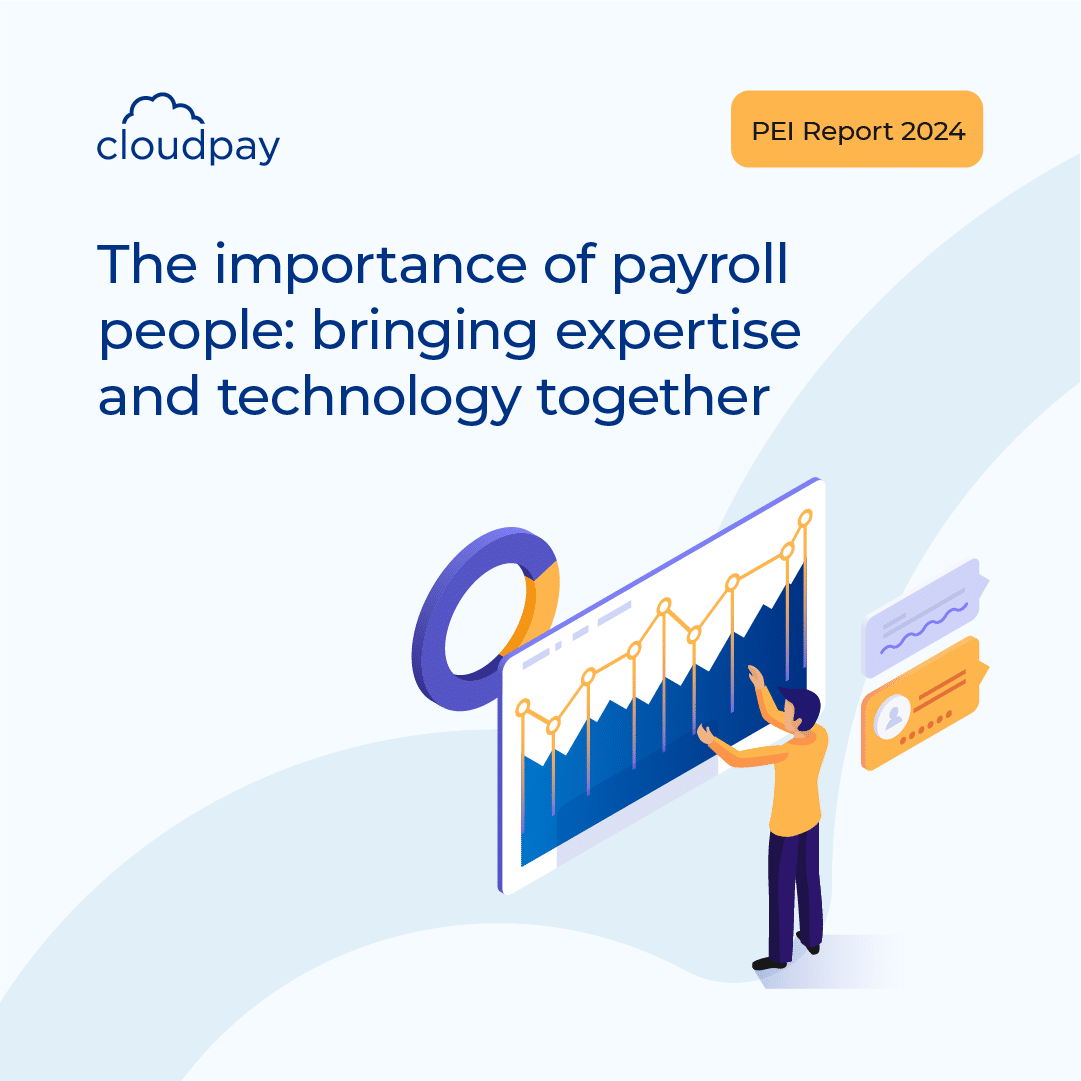It wasn’t so long ago that many people around the world had ‘jobs for life’. That is to say that they worked their entire career for a single employer, all the way through to retirement. However, the world of work has changed, with employees much more able to shop around to climb the career ladder.
At the same time, employees tend to work longer and it’s no longer rare to see people in the workforce over the age of 65. This means that the age diversity within many businesses is now as broad as it’s ever been. It may seem like having baby boomers and Generation Zers working with each other is a recipe for some friction. But, if managed correctly, this mix can be enormously beneficial for employers and employees alike.
In this blog, we’ll explore the value of a multi-generational workforce, and what you can do to unlock the potential that it holds.
Why is a multi-generational workforce so important to consider?
At present, there are four main generational demographics present within the global workforce. Baby boomers represent around 15%, Generation X around 33%, Millennials 40%, and the youngest employees in Generation Z around 10% (although this figure is increasing all the time).
Ensuring you have a good mix of different ages in your workforce is vital to giving your business the most rounded skill set possible. In general, older employees have the benefit of decades of experience and know-how to bring to the table, while younger generations often come with new ways of thinking.
At the same time, however, businesses have to take into account that different generations may well have different approaches to how they work. For example, while older employees may prefer to meet and collaborate in person or over the phone, Millennials and Gen Zers are more likely to use email or even text and direct messaging. Ideally, a business should be able to cater to both approaches.
How can you gain from a wide age demographic?
It may sound like promoting age diversity is more trouble than it’s worth, but it really can make a big difference to how businesses operate day-to-day. For starters, diversity in age generally means diversity in ideas that can drive better innovation: Randstad research has found that 83% of businesses feel that they’re more innovative when their teams are age-diverse.
Different life experiences and perspectives can also be used to great effect when brought together. For example, a number of organizations have adopted reverse mentoring schemes, where older employees are getting social media and technology training from their younger counterparts. This runs in tandem with traditional mentoring programs in which older employees share their experiences to get younger co-workers up to speed.
How to unlock the benefits of a multi-generational workforce
There are lots of operational and cultural changes that are needed to make sure that an age-diverse workforce is as innovative and collaborative as it possibly can be. In particular, we recommend these four tips:
- Ditch the stereotypes: while some older employees may need technological help, this won’t always be the case, and it would be wrong to assume so. Equally, the idea that Gen Z employees will spend most of their days on social media is also unhelpful. Treating every employee as an individual and enabling them to bring their own skills and knowledge to the fore, whatever that may be, is the best way forward for success.
- Respect differing requirements: connected to the previous point, businesses have to understand and respect the different needs and motivations of different employees, and accommodate them as much as possible. This can range from younger employees getting on-demand pay support if they’re struggling with cost-of-living issues, to older workers needing more flexible working arrangements to fit in with childcare demands.
- Enable easy feedback: maintaining a strong, age-diverse workforce over time requires a smooth feedback process. That way, employers can accurately gauge employee sentiment across all demographics and take appropriate action as and when it’s needed. Using different means of communication ensures that all age groups of employees can deliver this feedback easily.
- Ensure everyone understands each other: age-diverse workforces work best when everyone buys into the concept and comes along for the ride. Helping employees understand different perspectives, and how they can vary from one demographic to another, can help them work together positively. Plus, it’ll address any issues that arise from generational differences.
CloudPay’s payroll innovations like on-demand pay can play a leading role in supporting your employees old and young. Take a closer look at how it works here.



